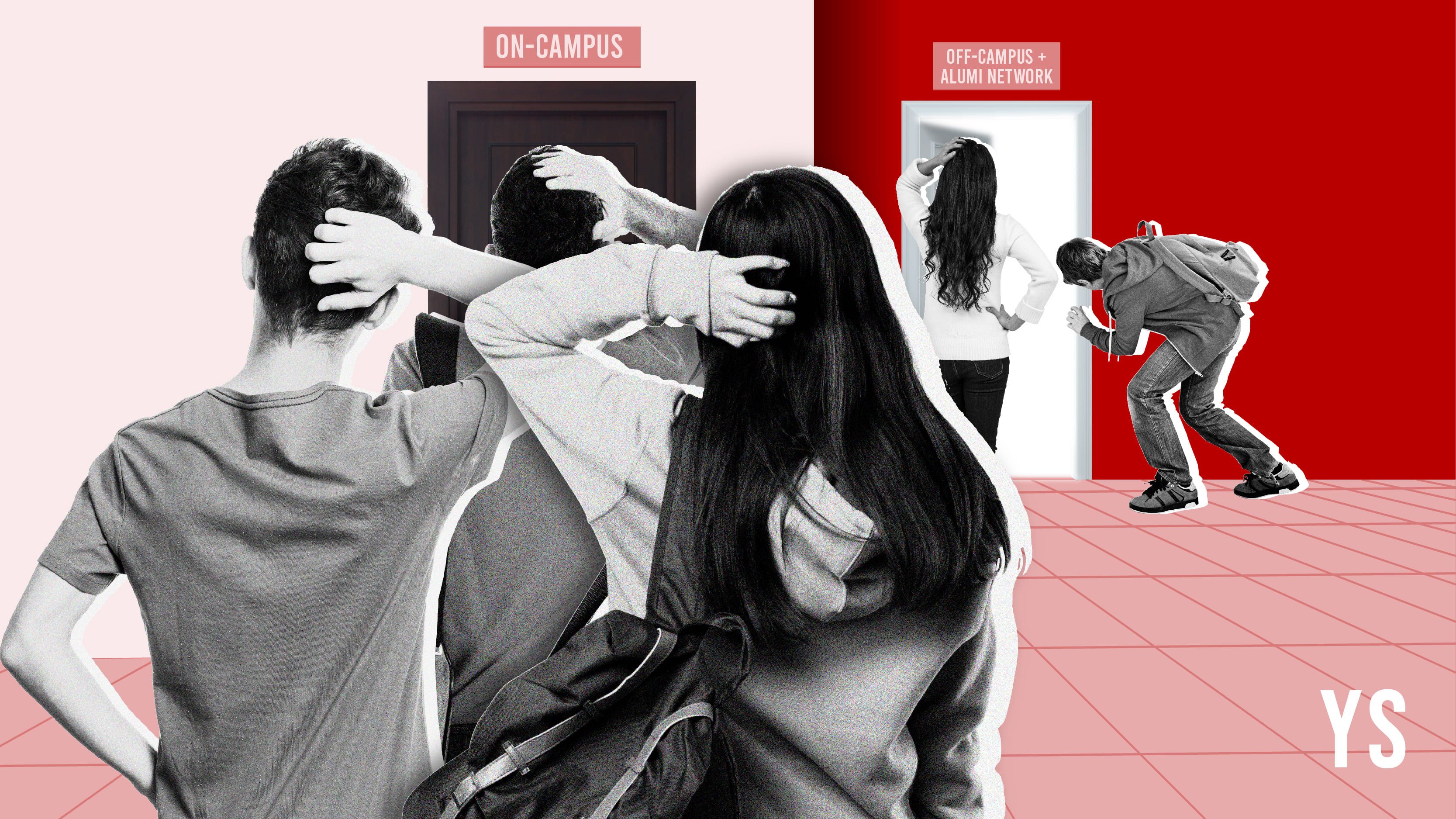This Article is Plagiarised! Debunking Facts About Plagiarism and Original Content
In a world where every click, tap, and swipe brings us infinite streams of information, the line between inspiration and imitation often blurs. The mantra that "there are no original ideas" might sound like a cynic's perspective, but it holds a kernel of truth that deserves a deeper dive.
Ah, the age-old debate – is there such a thing as a truly original idea? In the content creation world, the fear of plagiarism can loom large, especially for those striving for SEO dominance and audience engagement. But what if I told you that originality isn't about birthing ideas in a vacuum, but rather building upon the brilliant minds that came before us? Buckle up, content creators, because we're about to debunk some myths and empower you to craft stellar, informative pieces that honor the intellectual giants of the past.
The Myth of Originality
"Originality is nothing but judicious imitation," Voltaire once quipped. The realm of ideas is boundless yet strangely repetitive. Every modern concept or invention stands on the shoulders of previous insights and creations. This doesn't negate creativity but rather redefines it as the art of remixing the old into something "new enough."
Take, for example, Albert Einstein’s theory of relativity. While Einstein is hailed for his groundbreaking contributions to physics, his theories were not summoned in a vacuum. They were heavily reliant on the foundational work of mathematicians and physicists like Sir Isaac Newton, James Clerk Maxwell, and Henri Poincaré. Sir Issac himself famously said, “If I have seen further, it is by standing on the shoulders of giants.” Einstein's ability to synthesize existing knowledge and add a transformative twist—proposing that space and time were fluid, interconnected continua—revolutionized our understanding of the universe.
Understanding Plagiarism in the Digital Age
Plagiarism, the act of using someone else’s work without permission or proper acknowledgment, is often villainized—and rightly so—because it breaches ethical standards and intellectual honesty. However, with the vast amount of content available and the pressure to produce more and faster, accidental plagiarism has become a pitfall even for the most diligent of creators.
To navigate this tricky landscape, here are some actionable tips:
- Use plagiarism checkers: Tools like Turnitin, Grammarly, and Copyscape can help identify unintended similarities with existing content.
- Master the art of citation: Whether APA, MLA, or Chicago style, proper citation not only honors the original creator but also bolsters your credibility.
- Learn to paraphrase effectively: Paraphrasing isn’t just about swapping words. It involves fully understanding the original text and expressing its meaning in your new voice.
The SEO Balancing Act
In 2024, SEO isn't just about stuffing articles with trending keywords like "innovative disruption" or "digital nomad lifestyle." It's about creating content that resonates, engages, and holds genuine value. Search engines are leaning heavily towards user engagement metrics and the semantic richness of content. Here’s how to keep your SEO game sharp while ensuring originality:
- Target long-tail keywords: These are less competitive and more specific, which means they can be more closely tailored to your unique angle on a topic.
- Focus on user intent: What does your audience really want to know? Understanding this can help you craft content that answers their questions in new and compelling ways.
- Keep it engaging: Use puns, analogies, and personal anecdotes to make your content lively and enjoyable. Remember, a spoonful of humor helps the data digest more pleasantly!
Creativity Within Constraints
While absolute originality is a myth, ethical creativity is a robust framework that allows us to invent, innovate, and inspire without falling into the trap of plagiarism. By respecting past contributions and adding our unique perspective, we not only pay homage to the intellectual labor of others but also contribute to the ever-expanding tapestry of human knowledge.
In this age of information overload, perhaps our most significant challenge is not to find new landscapes but to see the familiar with fresh eyes. So, let's not fear the specter of plagiarism unduly but strive to blend reverence for the past with boldness for the future. After all, the best way to honor the giants on whose shoulders we stand is to see further—and clearer—than ever before.
Edited by Rahul Bansal











